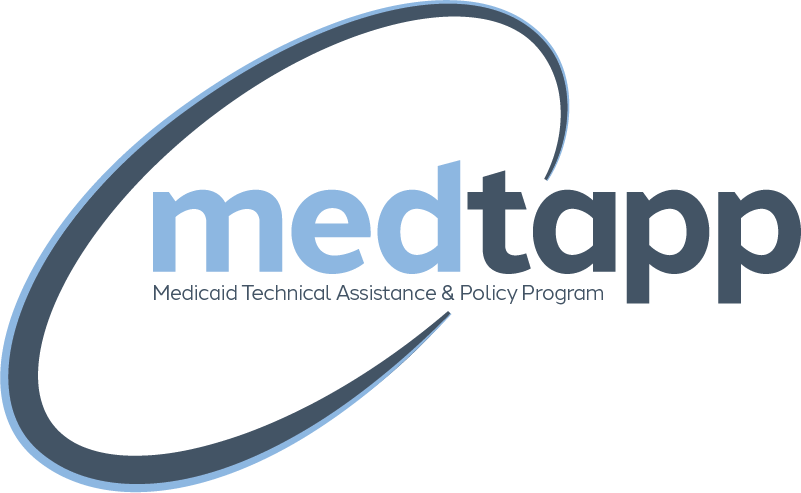Tobacco use has detrimental effects on all aspects of women's health and is one of the leading causes of early death for adults. The use of tobacco can lead to various forms of cancer, lung disease, reproductive health issues, and many other problems. Additionally, maternal smoking is a modifiable risk factor that can directly impact birth outcomes. Tobacco use during pregnancy can lead to restricted fetal growth, preterm birth, birth defects, and Sudden Infant Death Syndrome (SIDS). As such, it is important for healthcare providers and programmatic personnel to identify tobacco use among their clients and offer comprehensive interventions to address cessation efforts.
Ohio Smoke Free Families has developed several resources, including provider change packages and set of resources to be used with the consumer, to educate providers on tobacco use and cessation to help tobacco users in all stages of the quit process. These are accessible through the links below or the hovering bubbles on the right of your screen.
Please use the tabs below to access additional resources on Pharmacology, E-cigarettes, Mental Health, and Other Substance Use.


Pharmacology
When a tobacco user does not successfully complete a quit attempt with psychosocial interventions alone, treatment specialists may suggest pharmacology. Pharmacotherapies for smoking cessation prove to be effective in reducing withdrawal symptoms and blocking the effects of nicotine without negative effects. Pharmacological aids, or Nicotine Replacement Therapies (NRT), can include a NRT trans-dermal patch, gum, nasal spray, inhaler, and lozenges. Additional options include oral medications like Bupropion (Zyban) and Varenicline (Zyrtec). Some forms of replacement therapies provide the tobacco user with a small amount of nicotine to help curb the symptoms of withdrawal and help to manage cravings.
Pharmacotherapies can also cause potential side effects in the user, depending on the treatment used, and their use should be monitored by a licensed healthcare professional. Additionally, the effects of nicotine replacement therapies have not been widely studied with women who are trying to become pregnant, currently pregnant, or breastfeeding. The best candidates for this type of therapy are tobacco users who are not currently pregnant, motivated to quit, and heavy smokers (i.e. greater than 10 cigarettes per day). Providers should ensure all clients have thoroughly exhausted behavioral intervention therapies independent of NRT prior to encouraging the use of pharmacology.
For more information on consumer education, download the Consumer Resources. or visit the Help to Quit section of our website.
Citation: The American College of Obstetrics and Gynecologists (2015). Smoking Cessation During Pregnancy. Retrieved September 28, 2016 from http://www.acog.org/Resources-And-Publications/Committee-Opinions/Committee-on-Health-Care-for-Underserved-Women/Smoking-Cessation-During-Pregnancy





 Citation: Centers for Disease Control and Prevention. Tobacco Use Among Middle and High School Students - United States, 2011–2015. Morbidity and Mortality Weekly Report, 2016;65(14):361–7. Schoenborn and Gindi (2015). Centers for Disease Control and Prevention. Electronic Cigarette Use Among Adults: United States, 2014. NCHS Data Brief No. 217, October 2015.
Citation: Centers for Disease Control and Prevention. Tobacco Use Among Middle and High School Students - United States, 2011–2015. Morbidity and Mortality Weekly Report, 2016;65(14):361–7. Schoenborn and Gindi (2015). Centers for Disease Control and Prevention. Electronic Cigarette Use Among Adults: United States, 2014. NCHS Data Brief No. 217, October 2015.





